Publications
My research interests broadly encompass graph representation learning and geometric deep learning. Currently I am working on understanding and improving the generalization behavior of Graph Neural Networks. This includes studying phenomena like over-squashing, over-smoothing and understanding if, when and why GNNs memorize vs generalize. In the past I have also worked on deep learning for computer vision applied to problems such as under-water image enhancement and anomaly detection in videos.
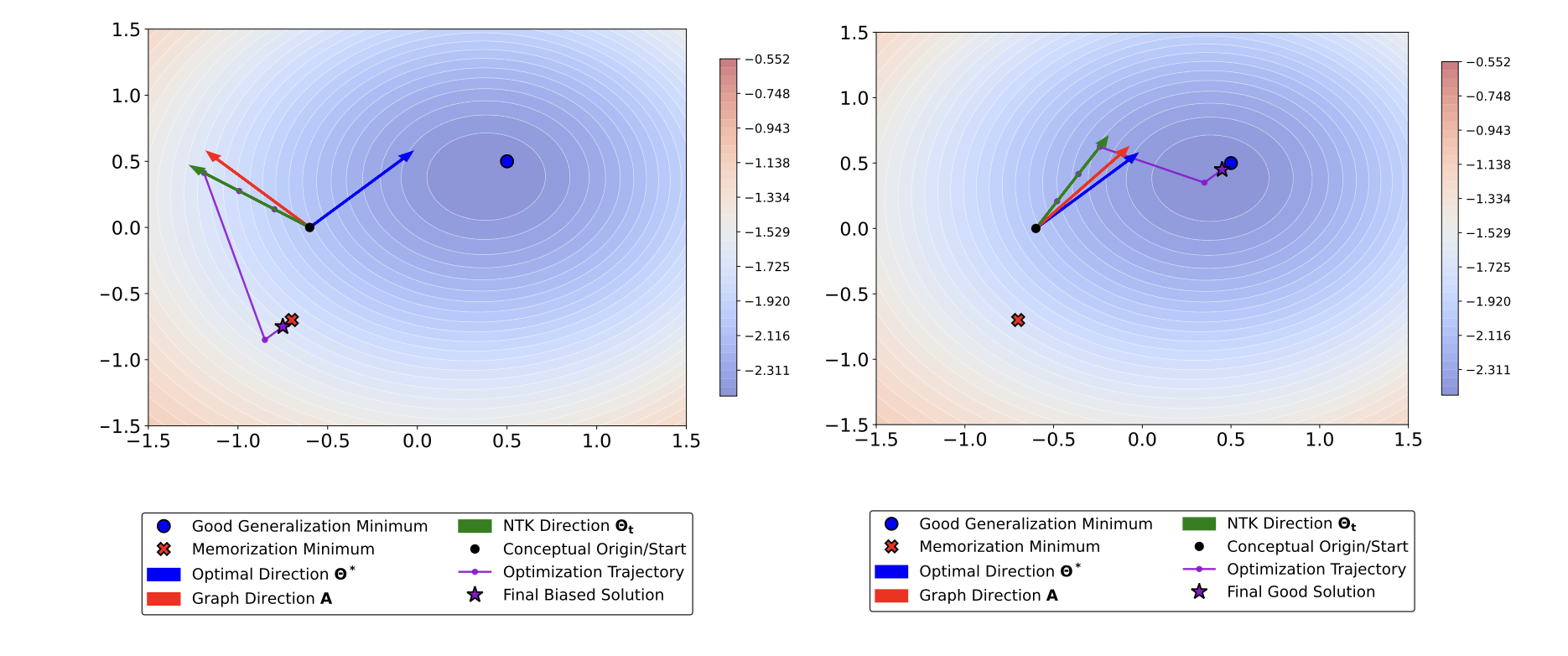
Memorization in Graph Neural Networks.
NeurIPS'25 (2025)
Do GNNs also memorize their training data? Why are only certain nodes memorized? How do you explain the emergence of memorization in GNNs? How to mitigate memorization in GNNs? We propose the first framework to analyze memorization in node classification. We find novel connections to graph homophily, implicit bias of GNNs and a novel metric to find nodes highly susceptible to memorization.
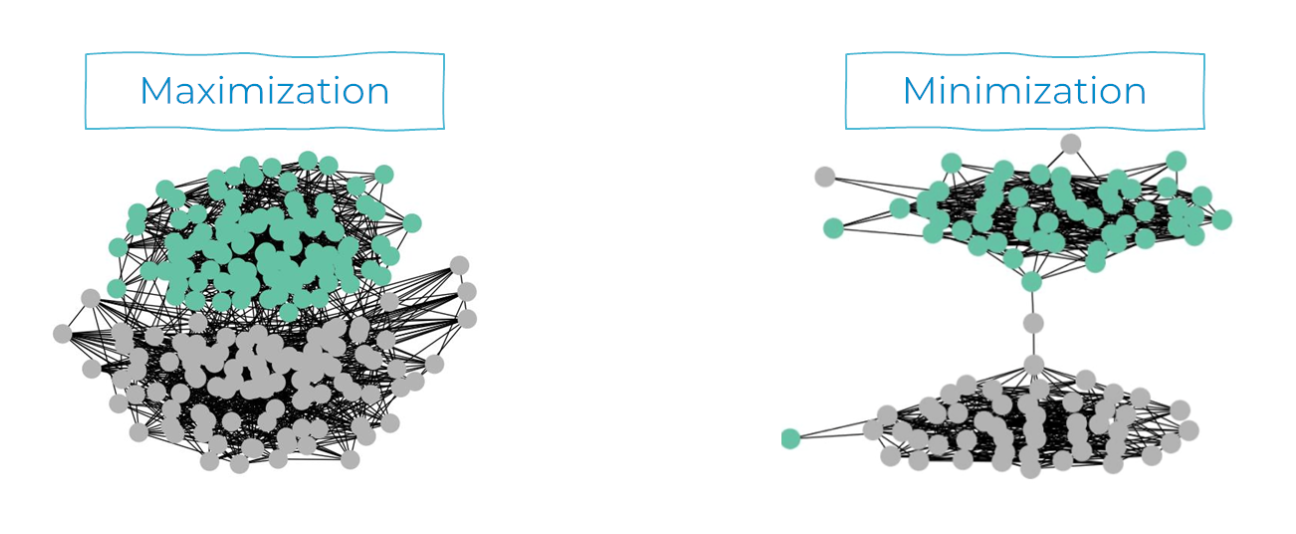
GNNs Getting ComFy: Community and Feature Similarity Guided Rewiring.
ICLR (2025) *Equal contributions
Graph rewiring methods have emerged as a powerful technique to address over-squashing and over-smoothing in Graph Neural Networks (GNNs). However, the underlying mechanisms that drive their effectiveness remain poorly understood. In this work, we investigate why spectral gap maximization works as a rewiring objective and under what conditions it may fail. We show that maximizing the spectral gap is not always beneficial and introduce a novel framework that leverages both community structure and feature similarity to guide graph rewiring.
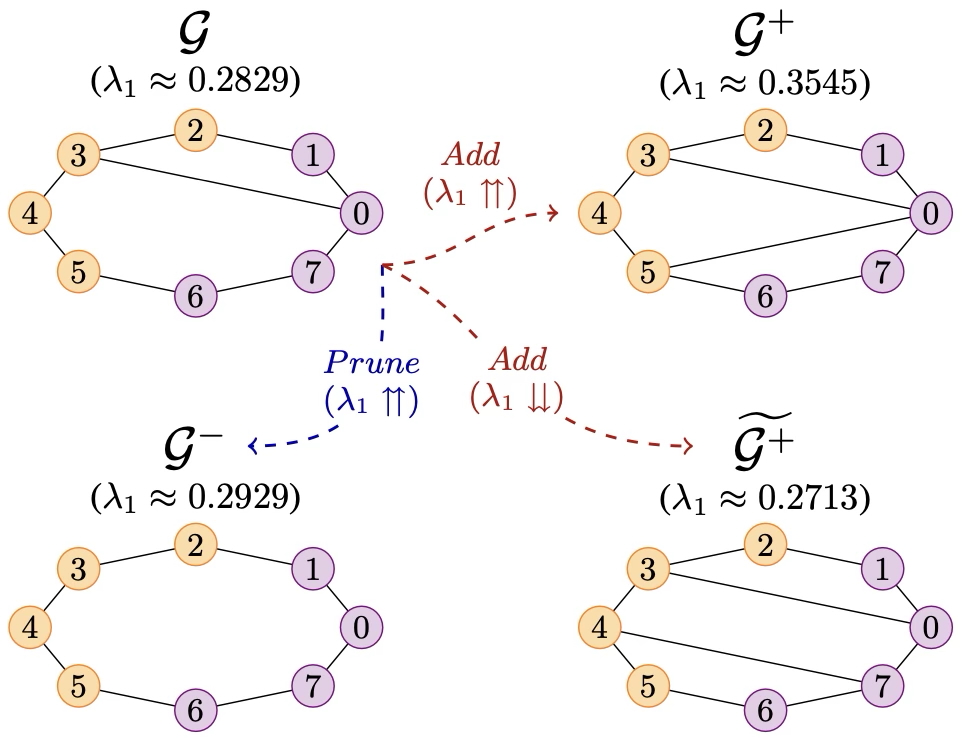
Spectral Pruning Against Over-Squashing and Over-Smoothing.
NeurIPS (2024) *Equal contributions
We introduce the Braess Paradox in the context of Graph Neural Networks for the first time, showing that adding edges that maximize spectral gap can actually hurt performance. Building on this insight, we propose a novel spectral graph pruning strategy that simultaneously addresses over-squashing and over-smoothing. Our method not only improves GNN performance but also discovers graph lottery tickets - sparse subgraphs that maintain or exceed the performance of the full graph.

Graph of Thrones: Adversarial Perturbations dismantle Aristocracy in Graphs.
AAAI Student Poster, 2021. (2020)
We investigate how adversarial perturbations affect graph hyperbolicity. Hyperbolic embeddings have gained popularity for hierarchical graph data due to their geometric inductive biases, with models like Poincaré Ball and Hyperboloid being widely applied. Graph hyperbolicity indicates suitability for hyperbolic embedding—lower values enable distortion-free representations. We study adversarial perturbations that poison graph structure, making hyperbolic geometry ineffective for representation learning. To address this vulnerability, we propose using Lorentzian manifolds and empirically demonstrate their superior ability to capture hierarchical relationships under adversarial conditions. This is the first work exploring the relationship between adversarial attacks and hyperbolicity while providing a solution to mitigate such vulnerabilities.
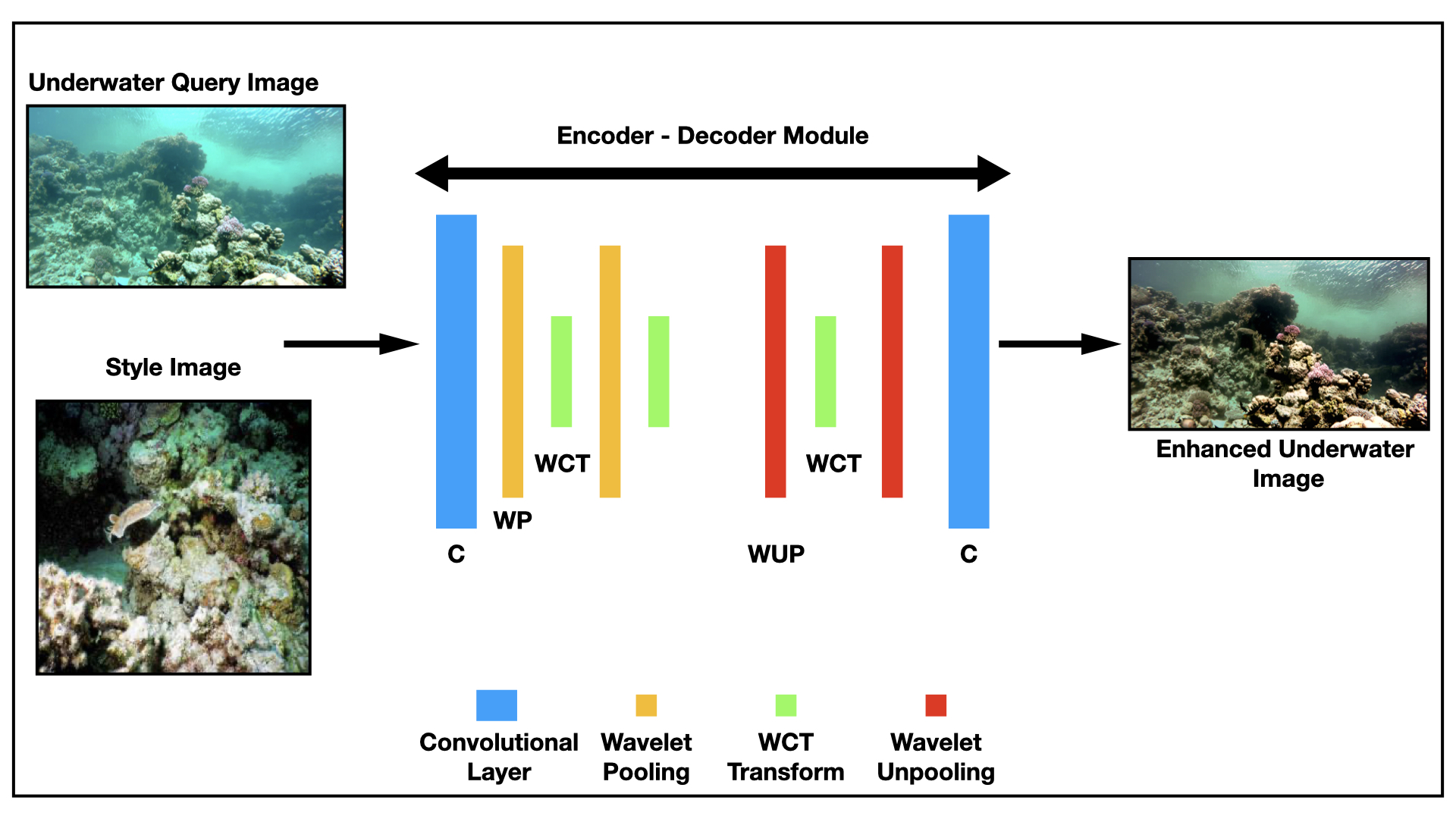
Exemplar-based Underwater Image Enhancement Augmented by Wavelet Corrected Transforms.
Computer Vision and Pattern Recognition (CVPR Workshop, Oral) (2019)
We propose a novel deep learning framework for underwater image enhancement using wavelet-corrected transformations. Underwater images suffer from unique distortions due to wavelength-dependent light absorption (primarily red wavelengths) and scattering by suspended particles, resulting in greenish-blue hues and non-linear quality degradation. Our encoder-decoder architecture incorporates wavelet pooling and unpooling to perform progressive whitening and coloring transforms for realistic style transfer. We provide theoretical justification for why wavelet transforms excel at signal reconstruction and demonstrate state-of-the-art results on popular underwater datasets using SSIM, PSNR, and UCIQE metrics..
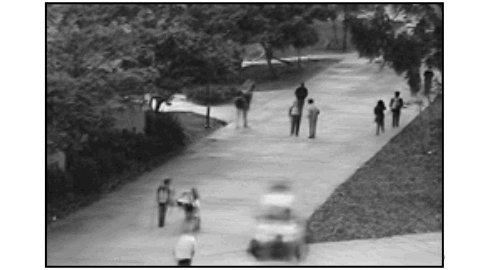
PredGAN: A Deep Multi-Scale Video Prediction Framework for Detecting Anomalies in Videos.
11th Indian Conference on Computer Vision, Graphics and Image Processing (ICVGIP '18) (2018)
In this paper we propose a multi-scale video prediction framework with adversarial training for detecting anomalies in videos. Anomalous events are those which do not conform to normal behavior. Supervised learning framework cannot account for all the unusual activities since a universal definition of anomaly cannot be adopted. To tackle this problem, we propose an unsupervised approach to learn the internal representation of videos and use this learning to accurately predict the future-frames of the videos. We train our network adversarially on videos consisting of only normal activities. When our network encounters unusual or irregular activities the generated frames consists of fuzzy regions where the irregular activities are present. These fuzzy regions consequently lower the peak signal to noise ratio (PSNR) of the generated frames. The PSNR values are normalized to have values between 0 and 1 and is used as a regularity score to tag a frame as anomalous or not-anomalous. We provide quantitative and qualitative evaluation of the proposed framework and also introduce Earth Mover's Distance as a new evaluation metric to assess the quality of the images generated. We demonstrate our framework on UCSD Pedestrian dataset and show that we achieve comparable results.